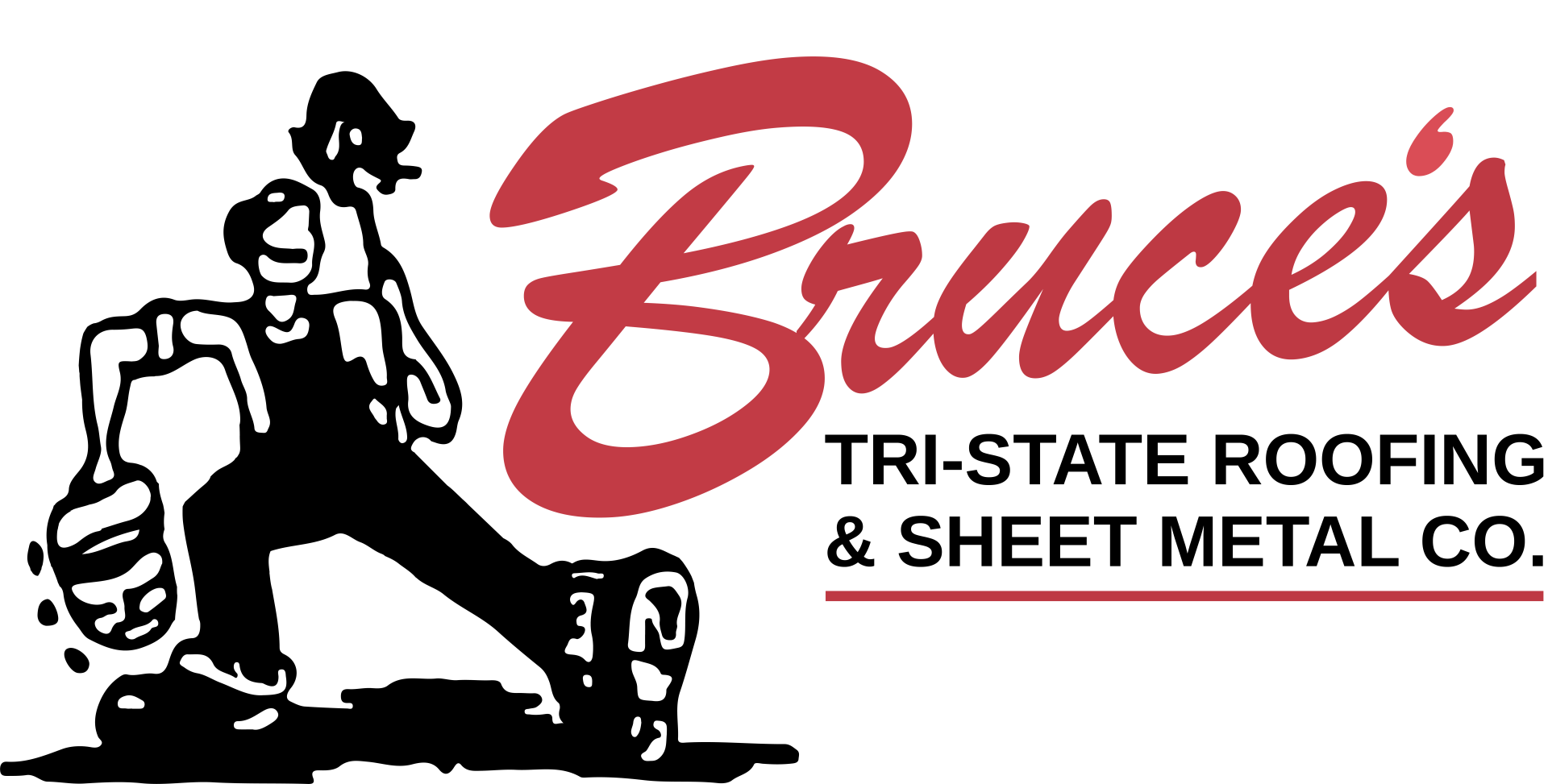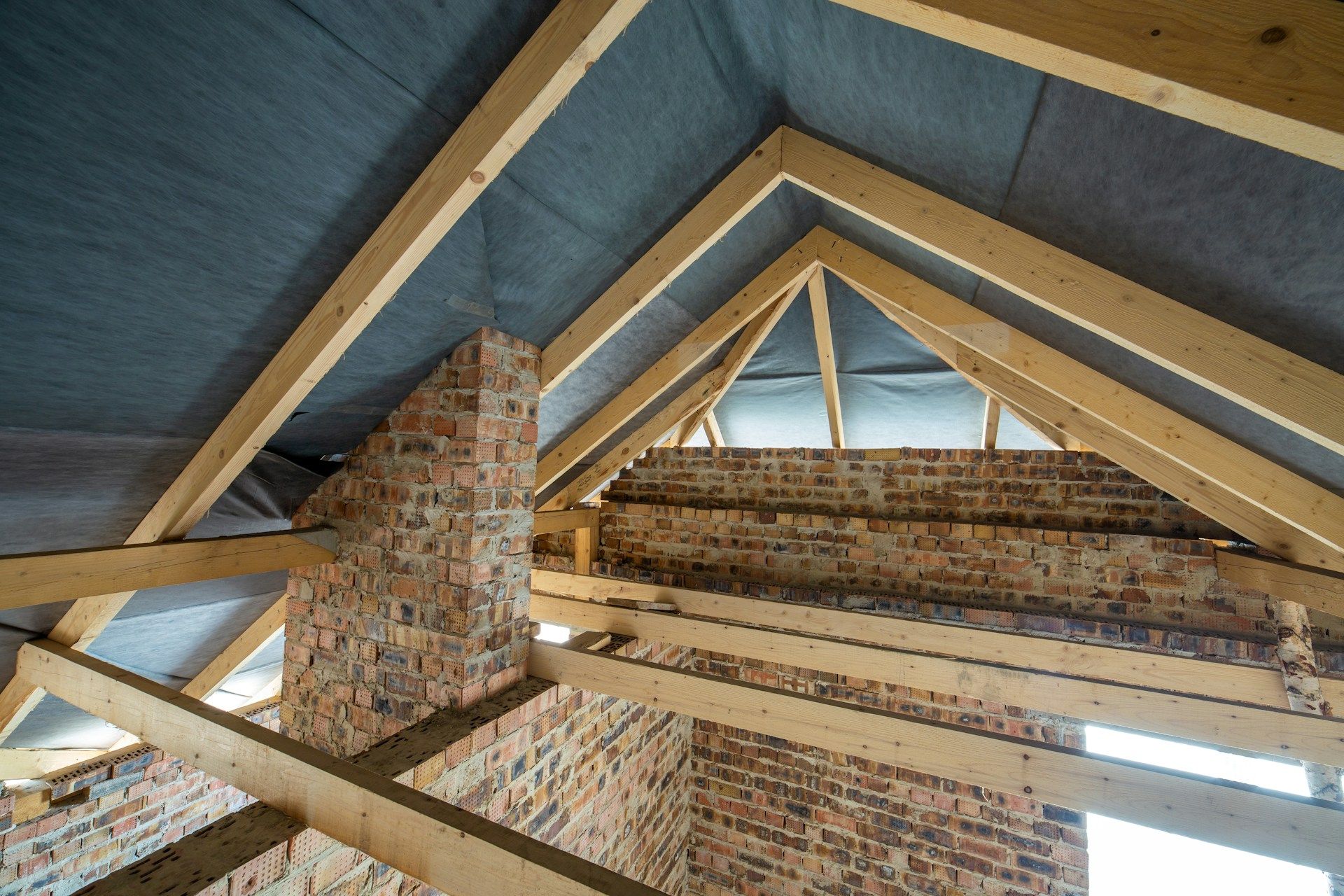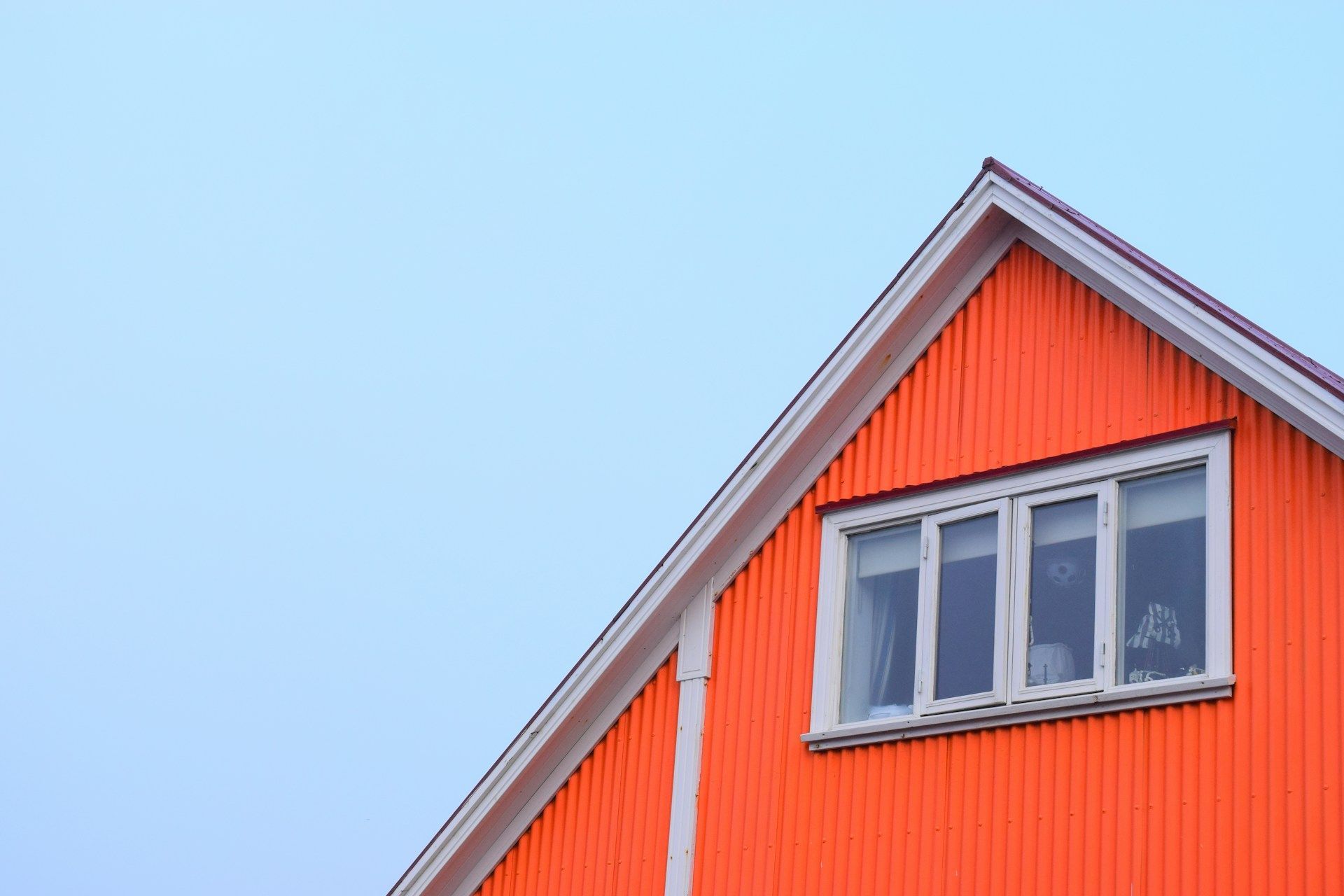Roof problems rarely start as big, obvious issues. Most of the time, they begin small—just a lifted shingle here or a tiny drip there. But those little signs shouldn't be ignored. What may seem like a small flaw can eventually lead to major structural damage, interior leaks, or even complete roof replacement if it's left unchecked for too long. Fall is a good time to assess your roof’s condition, especially in a place like Owensboro where the weather can shift quickly heading into winter.
Keeping your roof in good shape doesn’t mean you need to be up there every weekend, but it does mean learning to spot the early warning signs and knowing when to call in help. Staying ahead of these small problems saves you from more expensive headaches down the road. Let’s take a look at some of the most common minor roof issues that tend to grow into big-time trouble if ignored too long.
Loose or Missing Shingles
If you spot a shingle or two on the ground after a storm, or notice a patch on your roof that looks thinner than the rest, it might not seem like something worth worrying about. But missing or loose shingles are one of the leading ways water gets under a roofing system. Without that top layer of protection, your roof deck is exposed to rain, wind, and eventually rot.
When even a small gap forms, water can soak through the layers below. This doesn’t just cause leaks. Over time, the moisture can create mold in the insulation or spread into your attic framing. That’s the kind of damage that can easily go unnoticed until your ceiling starts to bubble or brown stains appear inside your home.
Here’s how loose or missing shingles can snowball into bigger concerns:
- Water seeps through exposed areas and leads to structural rot
- Insulation absorbs moisture, lowering your home’s energy efficiency
- Wind takes advantage of already-worn or lifted shingles, ripping more away
- Pests such as squirrels or birds may start to nest in exposed parts of the roof
You don’t need to climb a ladder every week to keep track of your shingles. A quick look from the ground after strong winds or storms can tell you a lot. If you see anything out of place or if your roof is older and prone to wear, it's smart to schedule an inspection with a local professional who knows what to look for.
Minor Leaks
Small leaks are often the trickiest to catch and the most damaging over time. One tiny drip from a roof valley or flashing joint can slowly cause damage across several layers of your home. You might not see actual water coming through the ceiling right away, but signs like bubbling paint, musty smells from the attic, or unexplained humidity in one room could mean water is getting in somewhere.
Leaks generally don’t fix themselves. Over time, these quiet intrusions can lead to:
- Mold or mildew growth in insulation or drywall
- Compromised framing and ceiling beams
- Corrosion in electrical systems if moisture reaches wiring
- Damage to stored items or furniture in attics and upper rooms
Let’s say you notice a drop in attic insulation quality or your ceiling feels a little soft in one corner. That could easily trace back to a slow, ongoing leak. And while most would blame a plumbing issue first, roofs are often the hidden culprit, especially if the leak matches up with where roof lines meet or vents are placed.
Catching these leaks early requires awareness of the less-obvious symptoms. Stains, smell, and changes in indoor air quality are all important clues. When you spot them, don’t wait. Getting ahead of these leaks with the help of someone trained to track their source can stop more serious problems before they start.
Sagging or Uneven Roof Sections
When a part of your roof doesn’t line up with the rest—maybe one area appears to dip lower—it’s anything but an aesthetic issue. Sagging can point to problems below the surface like damaged decking, worn-out support beams, or poor moisture drainage that’s weakening the roofing structure. Sometimes it’s caused by too many layers of repair material stacked over the years, weighing the whole thing down.
Ignoring sagging may feel harmless if there’s no visible leak yet, but that’s a dangerous gamble. A sagging spot can slowly pull on the structure of your home and make it harder to track damage inside. Over time, it can lead to:
- Complete roof collapse in extreme cases
- Cracked or separated interior walls
- Compromised airflow and insulation coverage
- Costly framing repairs not limited to the roof
Spotting these issues early comes down to visual inspection and professional evaluation. From the ground, you might notice an uneven roofline or a dip near the middle. Inside, you could see misaligned doors or cracks in the ceiling. These signs usually mean it's time to bring in someone who can evaluate the source and offer proper repairs before the problem spreads.
Pooled Water or Poor Drainage
Water that lingers on your roof isn't just a temporary problem. It’s a sign that something’s off with either the slope of your roof or its drainage system. When water sits for too long, it weakens roofing materials and can work its way under shingles and into the roof deck. Flat spots or dips in the roof are especially prone to this kind of problem, and they often get worse with age or after several heavy rainstorms.
Poor drainage usually boils down to a few common causes:
- Clogged or damaged gutters and downspouts
- Debris buildup on the roof, like leaves or twigs
- Incorrect roof pitch that prevents water from flowing off properly
- Improperly installed flashing around roof edges or vents
Once water starts collecting, mold and algae are quick to follow. This can create slippery spots if you ever need to go up there, and it can also weaken the roof's surface, making it more likely to crack in cold temps or split with heat. It also adds extra weight to parts of your roof that may not be able to support it long-term.
Picture this. After a storm, you notice the corner of your gutter spilling over instead of draining. That overflow may look harmless in the moment, but it could be leading to soaked fascia boards or even pooling at the foundation. When the drainage system fails, your roof’s entire balance gets thrown off. That’s why fall is a smart time in Kentucky to double-check gutters and drainage before the leaves really start coming down. Clearing those early on helps prevent blockages and keeps water moving where it should go.
Keeping the roof clean and sloped properly allows water to drain instead of sitting and soaking. Small changes or quick repairs can make a big difference, especially if pooling water keeps showing up in the same spots. And if standing water becomes a regular issue, it’s a sign something needs correction underneath the surface.
Staying Ahead of Bigger Repairs
Whether you've noticed a lifted shingle, a small leak in the attic, or water pooling after a storm, taking care of those issues early helps you avoid bigger headaches down the road. It's easier and less costly to handle a minor fix than to wait until you're dealing with warped ceilings or mold behind your walls. Most roofing problems don’t pop up overnight. They grow slowly, and by the time you're dealing with major repairs, the damage has usually been building for weeks or even months.
A solid way to stay ahead of roof trouble is by building a yearly routine around fall inspections and cleaning. Fall in Owensboro is a perfect time to do this since tree debris and unpredictable weather can quickly turn minor issues into bigger ones. It also gives you a chance to check that your drainage paths are clear, shingles are intact, and hidden leaks aren’t creeping in before winter sets in.
Even if everything seems fine at first glance, having someone take a closer look can reveal small problems you might miss. A trained eye knows where water tends to collect, how vent boots break down over time, and what kinds of signs point to bigger problems just starting to brew. If you're in Kentucky and unsure of your roof’s condition heading into colder months, making time for a professional checkup could prevent serious damage and a lot of stress later.
Staying on top of these common issues is less about reacting to problems and more about giving your home a bit of attention before things go wrong. A little care each year goes a long way in keeping your roof solid, dry, and dependable when it matters most.
Taking care of your roof can prevent future headaches and costly repairs. For homeowners in Kentucky looking to keep their roof strong through every season, working with a knowledgeable team makes all the difference. Trust Bruce's Tristate Roofing as your reliable
Kentucky roof contractor to handle everything from inspections to repairs so your home stays protected year-round.





